'Storage That Grows With Life, Not Against It’ – My Stackable $25 Joseph Joseph Shoe Boxes Are a Surprising Kitchen Corner Storage Solution
I've repurposed mine, and it has helped keep things streamlined with ease
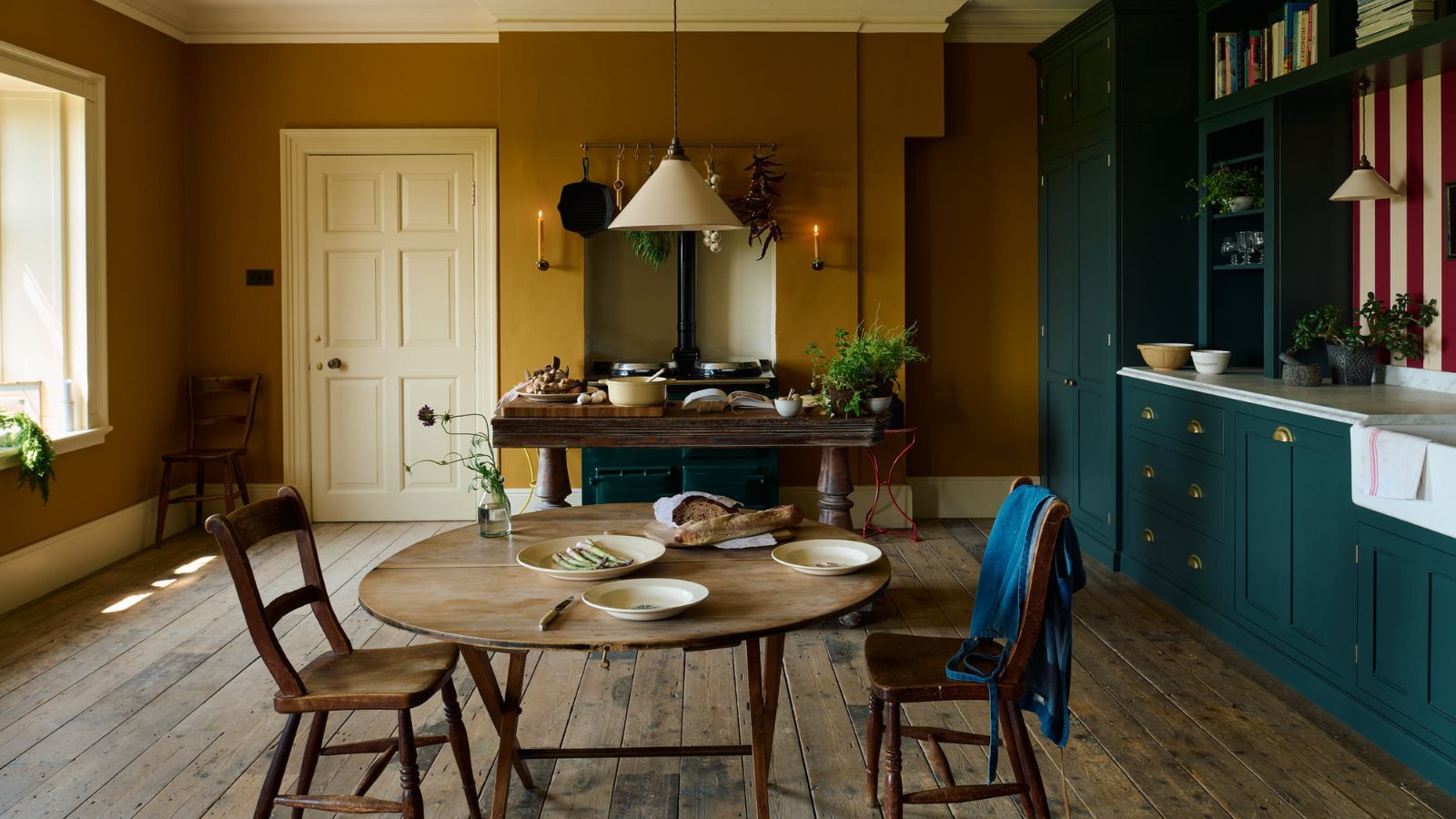

I needed a storage solution in my kitchen corner to house all my daughter’s craft items. I didn’t want to splash out on something permanent so I repurposed some sturdy shoe bins with sliding trays and it’s turned out to be the perfect fix.
I already had a set of six Joseph Joseph shoe boxes, and since having a winter clearout, half were empty. I cleaned them and tasked my daughter with deciding what type of craft items to put in each one.
It turned out to be a great kitchen storage idea, and a fun way to make decluttering a fun family activity. Here’s what I love about them, and why professional organizers think it’s a great alternative use.
I Turned Empty Joseph Joseph Shoe Bins into Kitchen Storage
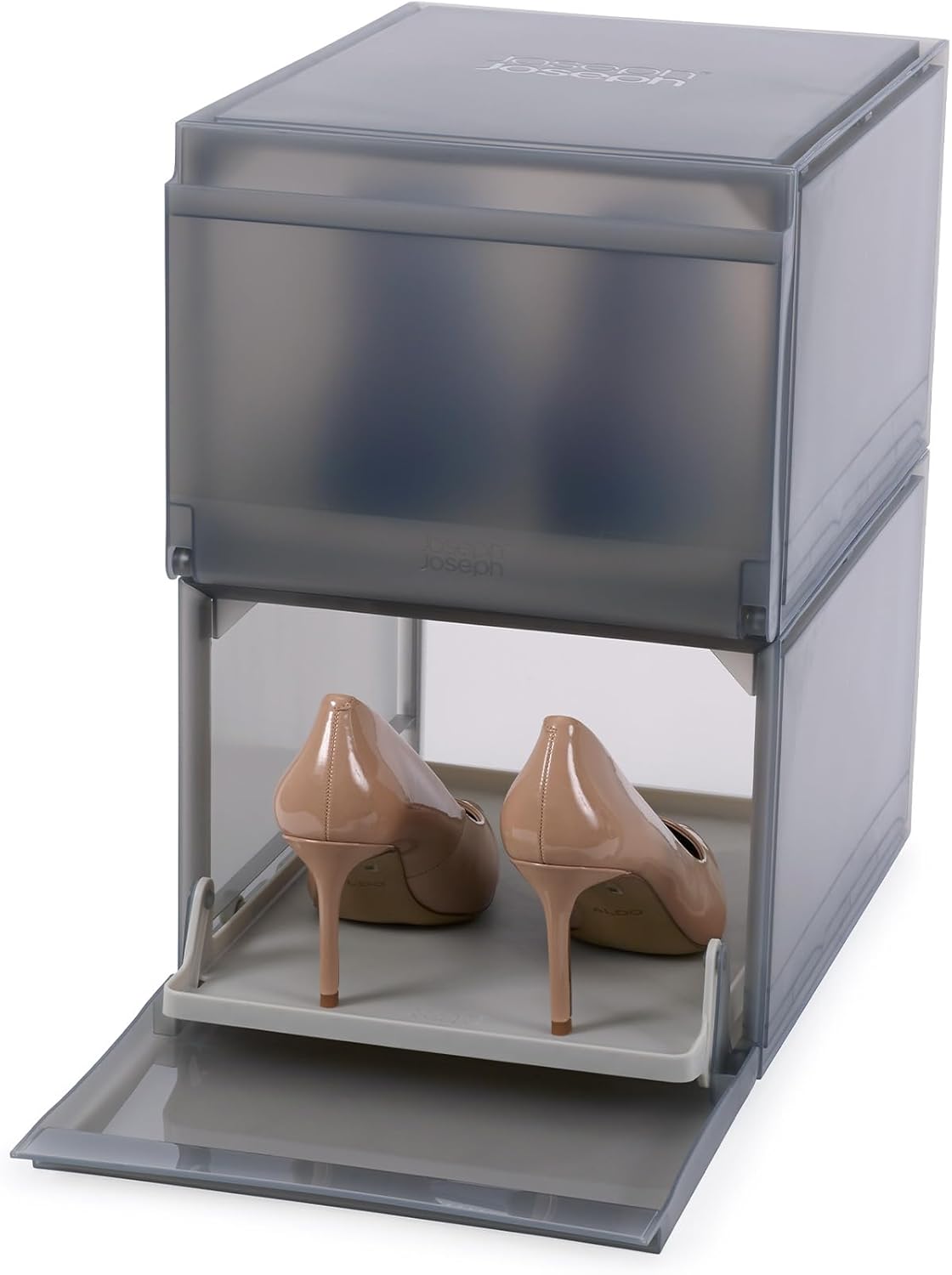
These were easy to put together and have been incredibly sturdy ever since. I’ve had them for a year and love the slide-out tray. They stay sturdily stacked without wobbling. Also available in a set of six, which works out at $23 a piece whilst on sale.
I particularly like that the lids flip down easily and the tray slides out, helping you reach what is in the back. They are sturdy, vented at the back, stack up securely and are put together without any tools. They click into place, though I needed my husband to push in one element that needed a bit of elbow grease to pop into place.
This small kitchen storage idea allows me flexibility to move the stack around without fuss, or simply change the order to suit the season. At the moment, they are a storage space for my daughter's crafts, and each bin has a theme such as paint, slime or coloring in items. This has cleared these items permanently from our dining table and kitchen bench.
I also like that each box has a finite amount of storage, meaning if my daughter wants new paints, I can tell her that she'll need to get rid of some of the older paints in the relevant bin and it's an easy task she can complete alone.Excluding your kids from little age-appropriate tasks like this is something people with tidy homes never do.
Professional organizer and KonMari® Master Consultant Rebecca Jo-Rushdy of Spark Joy & Flow says, ‘There is nothing quite like an awkward kitchen corner, and your flip-down shoe box solution is brilliant. I love that you’re using them beyond their “intended” purpose, and that you can reconfigure them seasonally. That aligns so well with how I help clients build storage that grows with life, not against it.’
Rebecca particularly likes that the lids flip down and the tray slides out to create ease and access, the units stack securely without tools, and are semi-opaque, which makes it visually tidy but not too hidden, and how the finite capacity creates a natural boundary. She says, ‘This is a built-in decluttering system for kids. This all speaks to how thoughtful design can genuinely shift behaviour and make space feel calmer.’
If you're short on time but want to declutter, try the didn't know method. If you didn't know you had an item, or had forgotten about it, get rid.
Quality of the Bins
The bins each measure 14.8"L x 11"W x 8.5"H and are made from polypropylene, a lightweight plastic that is resistant to temperatures up to 320° Celsius, meaning you can store them where it suits you in the kitchen, without worrying about it being near, or even touching a radiator.
Though the product itself is marked as not water resistant in the manufacturer’s handbook, likely due to the gaps and venting at the back, polypropylene is water resistant, so if you need to move yours to the garage, basement, or attic, where there may not be any climate control to prevent mold or condensation, it will do just fine there to withstand the conditions.
The material itself also has good mechanical properties, including strength and durability, meaning it’s not going to be one of those annoying units that snap when you pull it open or move it.
I’m really happy to have repurposed these bins as it’s made an otherwise useless and messy corner of my kitchen-diner now a very useful and visually tidy space. I like the fact that they are not transparent, as I get stressed by the visual clutter of open storage, and this stack has also now freed up storage elsewhere in my home. I have six of them stacked in the corner next to my fridge, and in the months since repurposing them, they have never wobbled or felt like they're going to tip over.
For extra safety, I've made sure to put the bins with the heaviest items, such as a bottle of paint, in the lowest sections. It's worth noting there aren't any anti-tipping safety measures included, so if you are stacking to the full height of six, keep young children and pets away.
Why Stackable Bins Work So Well in Tricky Kitchen Corners
Rebecca explains, ‘Stackable bins are a smart way to reclaim awkward dead zones like unused kitchen corners because they build up instead of out, making the most of a small footprint. They’re low-commitment, flexible, and portable, which is ideal in smaller or rental kitchens where fitted cabinetry isn’t always practical.
‘The beauty lies in their versatility: You can easily repurpose the stack as your family’s needs change (crafts today, pantry items tomorrow), without any installation. Instead of wasted space, you create a functional, visible zone that adapts with you.
‘Stackable bins = small footprint + vertical storage + future flexibility. A clever way to turn a forgotten corner into a productive one.’
Clear, Contained Categories Makes Decluttering Easier
When you give each bin a clear label or theme, you turn a vague junk pile into a defined category. With kids and their developing minds, that’s gold, Rebecca explains, ‘The bins become visible boundaries as the system lets the user know exactly what belongs where and builds up muscle memory to return it to where it belongs.
‘Psychologically, contained categories help reduce indecision and encourage editing. Because each bin has a finite capacity, the question for children and adults alike is: If I want new paints, do I need to clear out the older ones first?
‘That aligns beautifully with the decluttering principle of creating enoughness: you recognise what you have, you set limits, you maintain clarity. For a kids’ zone, the visual clarity, the defined capacity, and the modularity all help turn everyday items into manageable systems rather than chaotic clutter magnets.’
As we enter gifting season, decluttering toys and decluttering ahead and doing a toy rotation will help reduce clutter stress on Christmas day.
How It’s a Key Aspect of the KonMari Method
One of the principles in the KonMari approach is recognising enoughness so that we create spaces where we can manage our belongings rather than be managed by them.
‘When a bin or stack of bins defines the limit by how much will fit inside, you’re empowering yourself,’ explains KonMari Consultant Rebecca. ‘The container sets the boundary, you choose what remains, you choose what goes. Instead of promising yourself that you’ll clear it out one day, you’re working with tangible boundaries and making decisions.’
I’ve certainly found this in our repurposing of the Joseph Joseph shoe bins, available at Amazon for fast delivery.
Rebecca adds, ‘The knowledge that if this box is full, something needs to go before something new comes in creates agency and keeps things dynamic. It prevents the corner from becoming a passive catch-all. In that way, the container invites review, clarity, and conscious choice. That’s exactly the kind of behavioural shift we champion through the method.’
What to Shop
Here's a round-up of picks from Rebecca and our editors to help you easily find a kitchen corner storage solution that suits your purposes and available space.
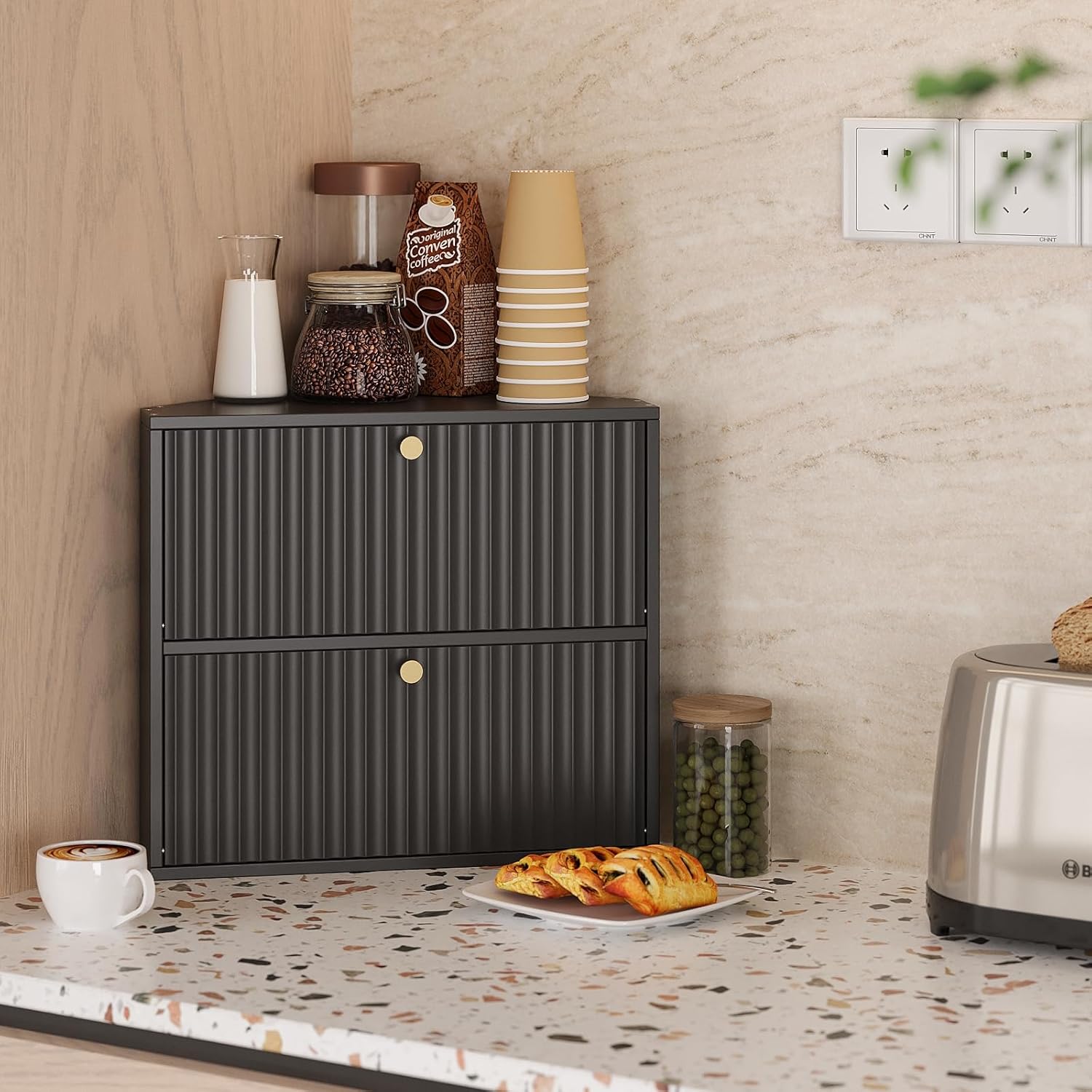
The magnetic door latch ensures this won’t be flopping open easily and will stay secure, whether you’re storing fresh bread as intended or keeping other items here.
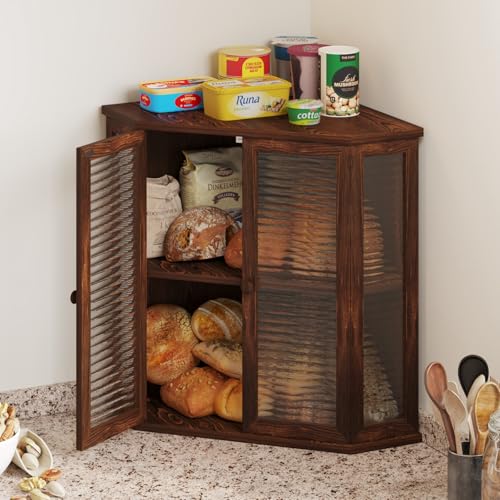
This also comes in three color ways and is made of pine wood and glass, making it a durable and chic addition to any busy kitchen corner or counter.
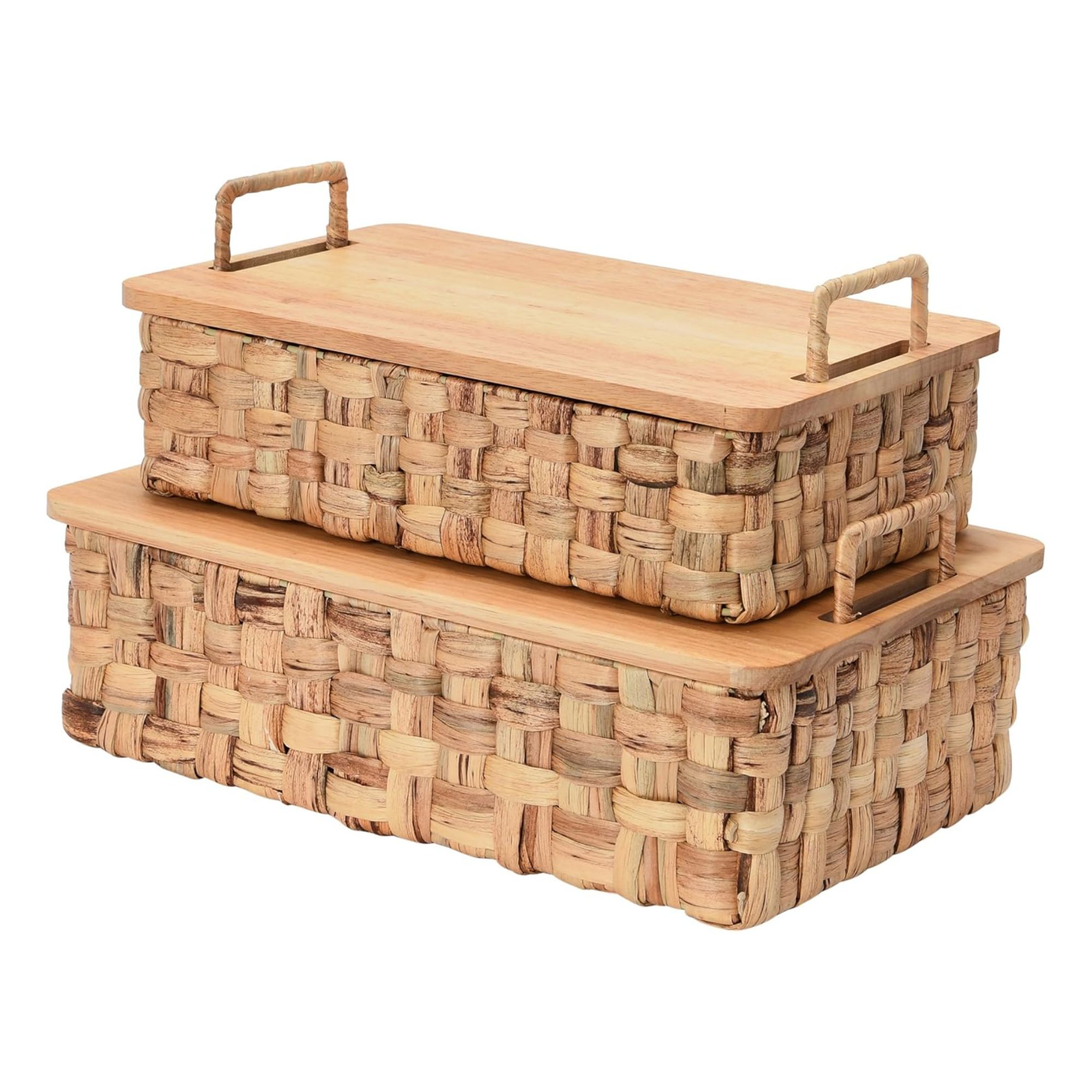
I’m a big fan of natural baskets like these, which are made from hyacinth. I have used a similar style to instantly tidy up my cluttered living room with the Houdini decluttering hack.
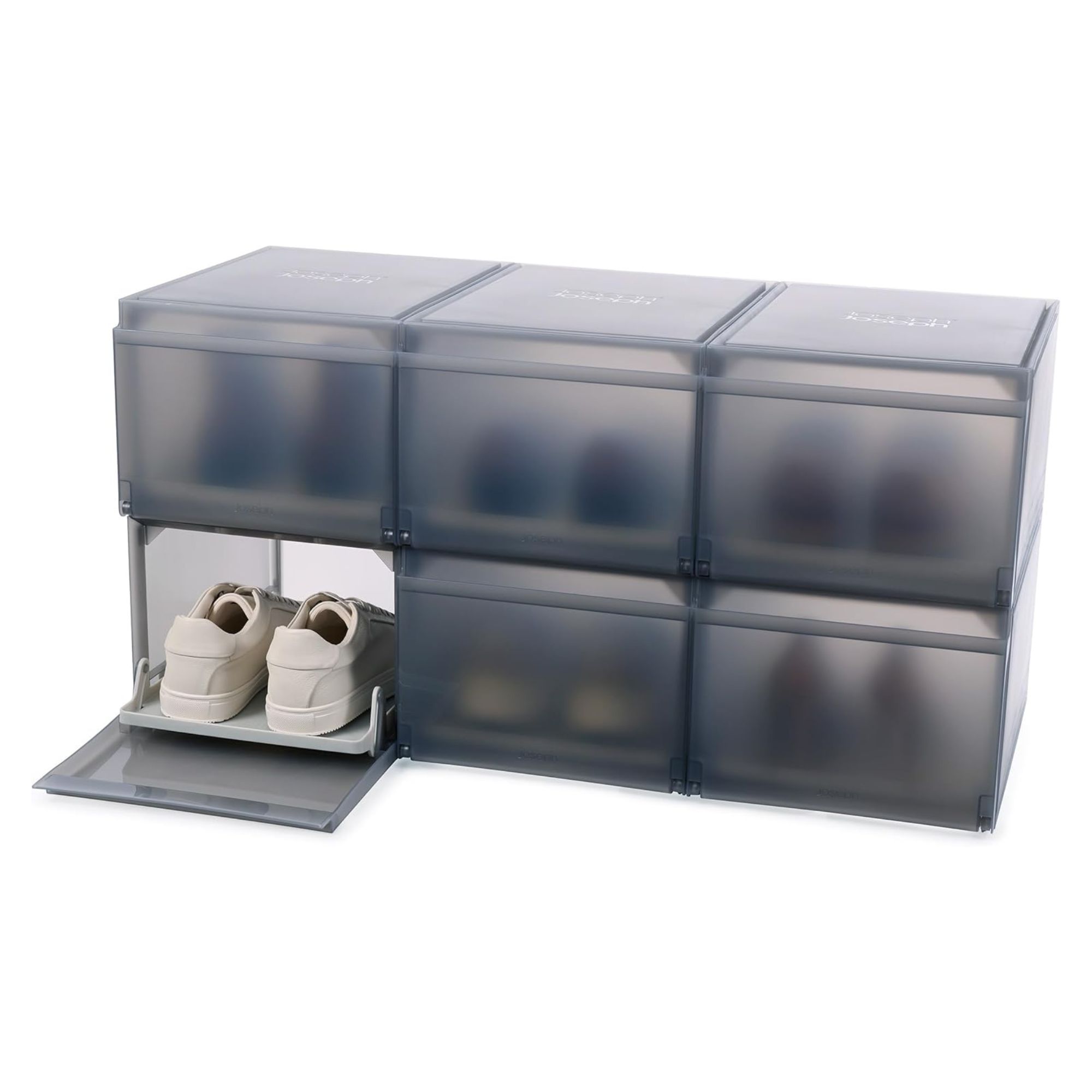
If you like the versatility of the Joseph Joseph shoe bins I have used for my kitchen corner, this set of six makes them more economical per bin. I have had mine stacked for a year and they have remained very steady at this height.
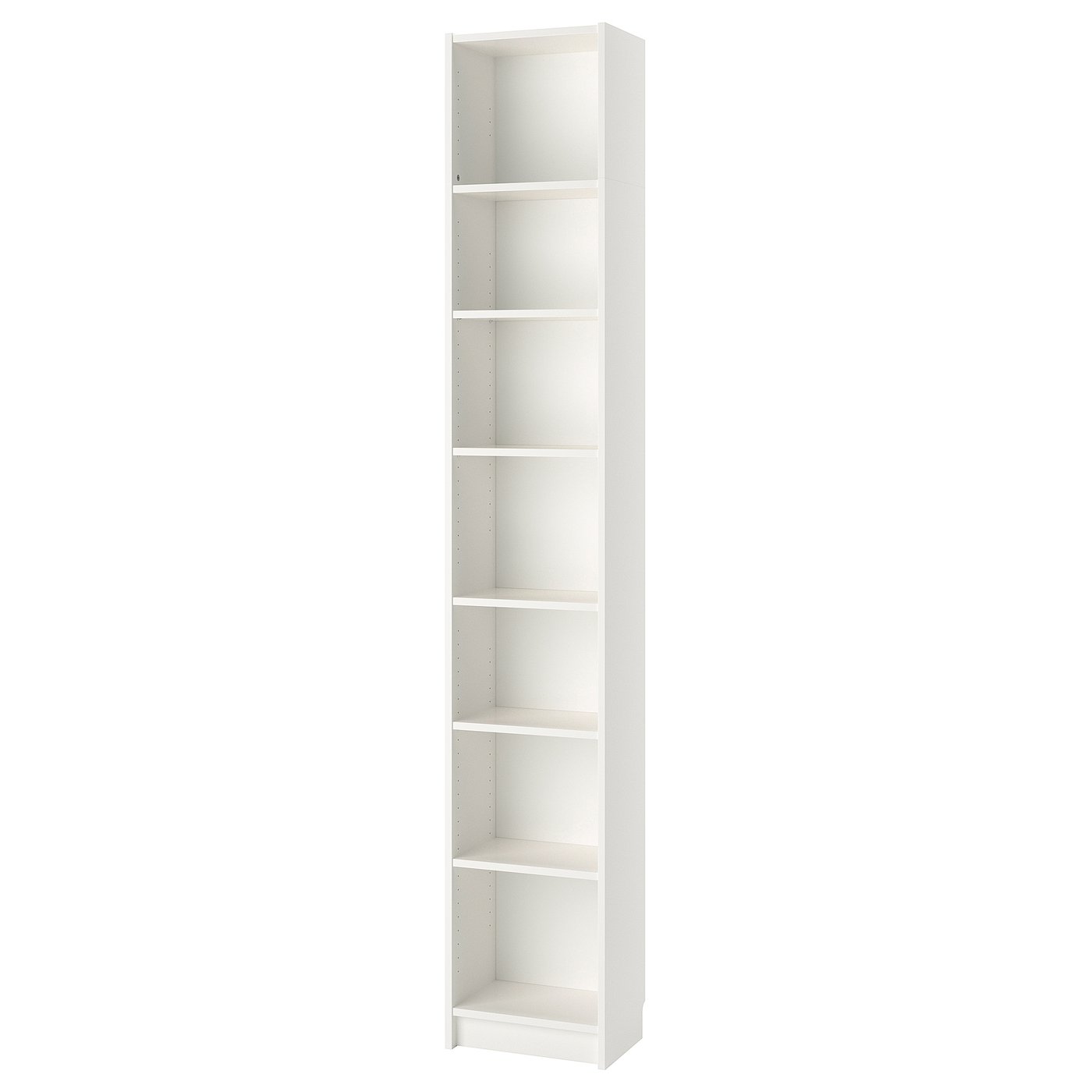
This classic slim Billy Bookshelf is so handy if you have a small amount of free floor space to fit a neat storage solution in. Anchor this to the wall for anti-tipping safety. It comes in four colors.

A rolling caddy is very useful in the kitchen and can even make a great spot to store small kitchen appliances to clear counter space for the hosting season, whilst keeping your favorites on hand.
Meet the Expert
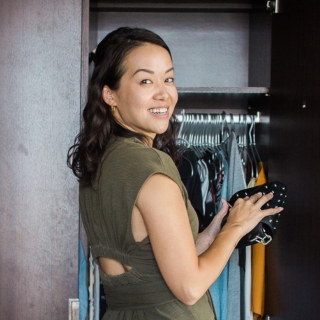
With a background from Parsons School of Design, NYC, Rebecca is a KonMari success coach and professional organizer who helps clients around the world to declutter their homes, hearts, minds, and workplaces so they can instead become sanctuaries that spark joy and flow.
Delve into kitchen corner cabinet ideas for inspiration on a more permanent solution.

Punteha was editor of Real Homes before joining Homes and Gardens as Head of Solved. She has written and edited wellbeing, lifestyle and consumer pieces for the national press for 17 years, working across print and digital newspapers and magazines. She’s a Sunday Times bestselling ghostwriter, former BBC Good Food columnist and founding editor of independent magazine, lacunavoices.com. Punteha loves keeping her home clean, has tested and reviewed the latest robot vacuums and video doorbells, enjoys cooking, DIY, decluttering and spending weekends personalizing and organizing her newly-built home, tackling everything from plumbing to tiling and weatherproofing, to home fragrancing and cleaning with luxurious smelling homemade solutions.
You must confirm your public display name before commenting
Please logout and then login again, you will then be prompted to enter your display name.